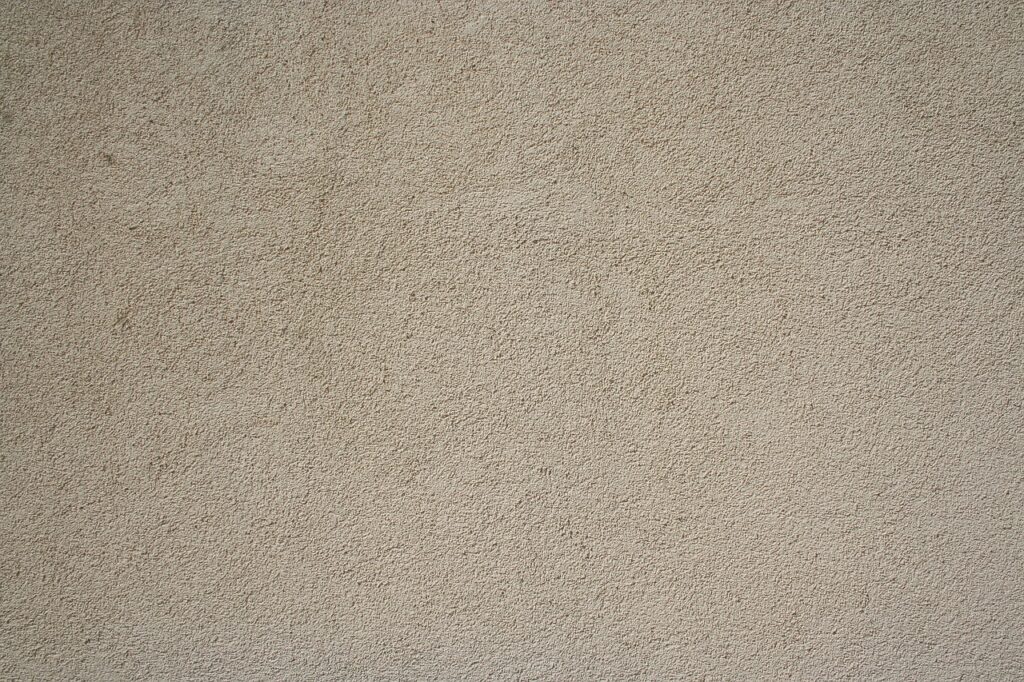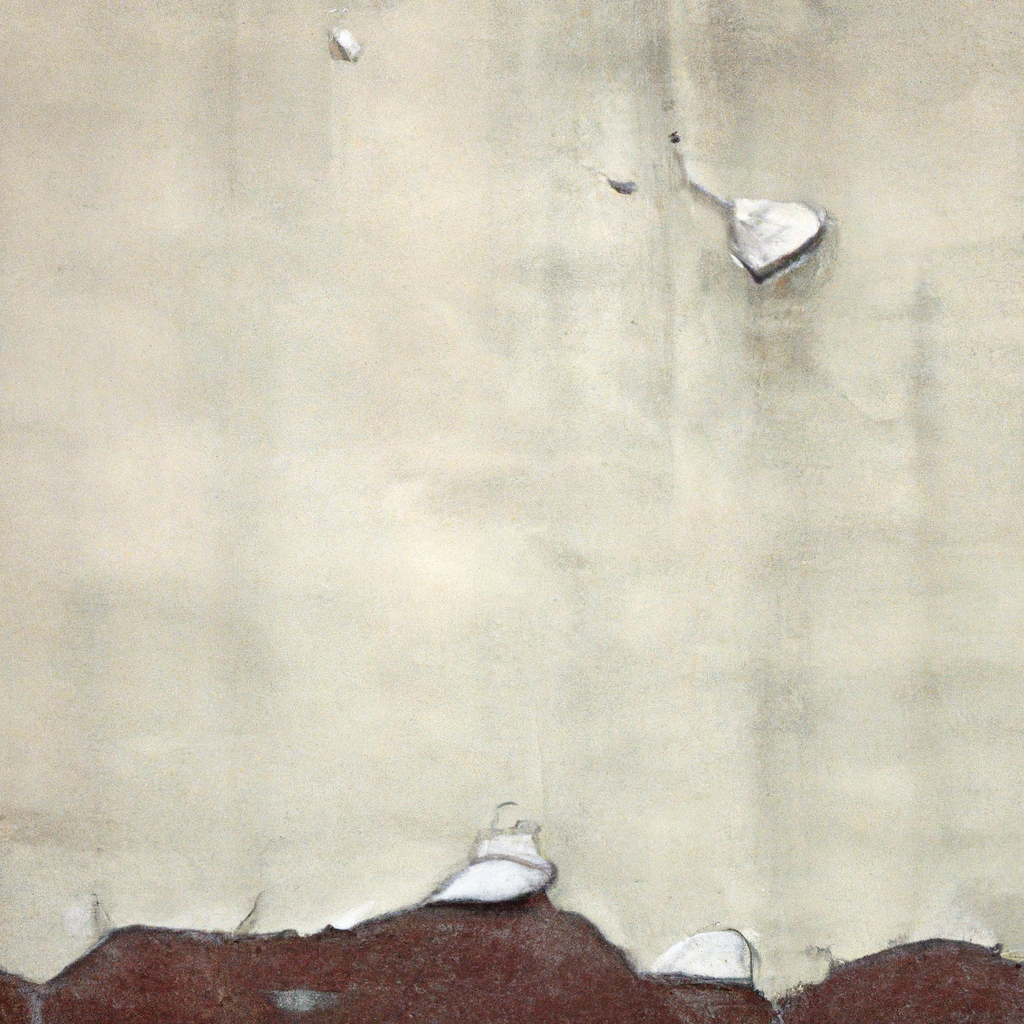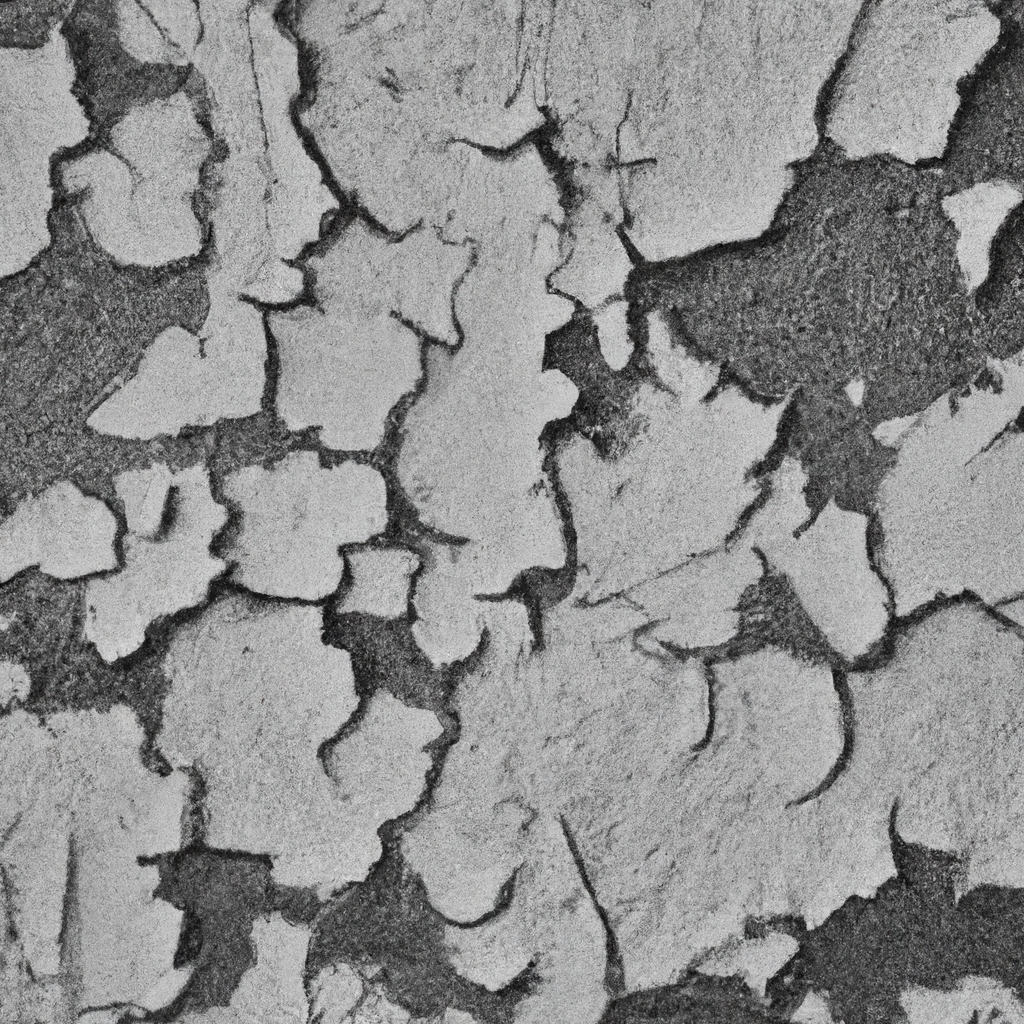Stucco failure is a common problem that homeowners may encounter, resulting in cracked or deteriorating stucco on their property’s exterior. This article addresses the causes and consequences of stucco failure, highlighting the importance of timely repairs and prevention. Discover the signs to look out for and the potential damage that can be caused by neglected stucco issues. Get ready to learn how you can effectively deal with stucco failure and ensure the longevity and beauty of your home’s exterior.
Common Causes of Stucco Failure
Improper Installation
One of the primary causes of stucco failure is improper installation. When stucco is not installed correctly, it can lead to a multitude of issues down the line. Improper mixing of the stucco materials, failure to properly secure the stucco to the underlying surface, or disregarding specific installation guidelines can all contribute to the failure of the stucco system.
Moisture Intrusion
Moisture intrusion is another common cause of stucco failure. Stucco is designed to be a barrier against water, but if it becomes compromised, water can seep behind the stucco and cause damage to the underlying structure. This can lead to rot, mold, and structural issues if not addressed promptly. Common sources of moisture intrusion include inadequate flashing, improper sealing around windows and doors, and cracks in the stucco itself.
Cracking
Cracks in the stucco can also be a significant factor in stucco failure. While some small cracks may be purely cosmetic, larger or extensive cracking can indicate underlying issues. Cracks can occur due to improper installation, structural movement, or exposure to extreme weather conditions. If left untreated, these cracks can worsen over time and result in more significant structural problems.
Inadequate Maintenance
Proper maintenance of the stucco system is crucial for its longevity and to prevent stucco failure. Neglecting regular inspections, failing to address small cracks or other issues promptly, and not maintaining proper drainage around the stucco can all contribute to the failure of the stucco system. Regular maintenance, including cleaning, sealing, and repairing any damage, is essential to prevent more extensive problems in the future.
Signs and Symptoms of Stucco Failure
Cracking and Separation
One of the most apparent signs of stucco failure is cracking and separation. You may notice small hairline cracks or larger, more pronounced cracks running through the stucco surface. Separation occurs when the stucco begins to detach from the underlying structure, causing gaps and uneven surfaces. These cracks and separations can indicate underlying problems with the stucco system and should be addressed promptly to prevent further damage.
Efflorescence
Efflorescence is a white, powdery substance that can appear on the surface of stucco. It is caused by the migration of water-soluble salts through the stucco and then evaporating, leaving behind the salt residue. Efflorescence is not only unsightly but can also indicate moisture-related issues and potential stucco failure. If you notice efflorescence on your stucco, it is essential to determine the source of moisture and address it promptly.
Bulging or Blistering
Another sign of stucco failure is the presence of bulging or blistering on the surface of the stucco. This occurs when moisture becomes trapped behind the stucco, causing it to swell or blister. The bulging or blistering can indicate severe underlying issues, such as rot or water damage, and should be addressed immediately to prevent further damage and potential structural problems.
Mold or Mildew Growth
The growth of mold or mildew on the stucco surface is not only unsightly but can also be indicative of stucco failure. Mold and mildew thrive in moist environments, and their presence on the stucco can indicate that moisture is penetrating the stucco system. If left untreated, mold and mildew can cause health issues and further deterioration of the stucco system.
Effects of Stucco Failure
Structural Damage
One of the most significant effects of stucco failure is the potential for structural damage to your home. When stucco fails, it can allow moisture to penetrate the underlying structure, leading to rot, decay, and weakening of the structural components. This can compromise the integrity of the entire building and require costly repairs to rectify.
Decreased Energy Efficiency
Stucco provides insulation and helps regulate the temperature inside your home. However, when stucco fails, gaps and cracks can form, allowing air to leak in and out. This can result in decreased energy efficiency, causing your heating and cooling systems to work harder and increasing your energy bills. Properly maintaining and repairing your stucco can help restore its energy-saving properties.
Health Risks
Stucco failure can also pose health risks to you and your family. Moisture intrusion and the growth of mold and mildew can lead to respiratory issues, allergies, and other health problems. Additionally, if the stucco failure is due to rot or decay, it may attract pests that can further compromise your health and the safety of your home.
Reduced Property Value
Stucco failure can significantly impact the value of your property. Potential buyers may be deterred by visible stucco problems, and if the underlying structural integrity has been compromised, it can lead to a significant decline in property value. Taking proactive steps to prevent and address stucco failure can help maintain and potentially increase the value of your home.
How to Prevent Stucco Failure
Hire a Qualified Contractor
To minimize the risk of stucco failure, it is essential to hire a qualified contractor with expertise in stucco installation and repair. Look for contractors who have experience working with stucco and can provide references and examples of their previous work. A competent and experienced professional can ensure that the stucco is installed correctly and can help identify and address any potential issues before they become major problems.
Use Quality Materials
Using high-quality materials is crucial for preventing stucco failure. Opt for reputable brands and consult with your contractor to determine the best stucco products for your specific requirements. Quality materials will be more resistant to moisture intrusion, cracking, and other forms of deterioration, ensuring the longevity of your stucco system.
Ensure Proper Installation
Proper installation is key to preventing stucco failure. When hiring a contractor, ensure they follow industry best practices and adhere to the manufacturer’s guidelines. This includes proper mixing, application techniques, and curing processes. Thoroughly inspect the work during and after installation to ensure everything is done correctly.
Schedule Regular Inspections and Maintenance
Regular inspections and maintenance are essential for preventing stucco failure. Have your stucco system inspected annually by a professional who can identify any potential issues and address them promptly. Additionally, perform routine maintenance tasks, such as cleaning the stucco surface, repairing any small cracks, and ensuring proper drainage around the stucco system.

Professional Evaluation and Repair Process
Identifying the Cause of Failure
When stucco failure occurs, it is crucial to identify the underlying cause before proceeding with repairs. A professional stucco contractor will assess the damage, inspect the stucco system, and determine the root cause of the failure. This may involve moisture testing, visual examination, and other diagnostic methods to ensure an accurate diagnosis.
Assessing the Extent of Damage
Once the cause of the failure has been determined, the contractor will assess the extent of the damage. This includes identifying any structural issues, evaluating the condition of the underlying materials, and determining the scope of the necessary repairs. This assessment helps formulate a comprehensive repair plan tailored to the specific needs of the stucco system.
Developing a Repair Plan
Based on the evaluation of the damage and the underlying cause, the contractor will develop a repair plan to address the stucco failure. This plan may include removing and replacing damaged stucco, repairing cracks or separations, addressing moisture intrusion issues, and reinforcing the structural integrity of the affected area. The repair plan aims to restore the stucco system and prevent future failures.
Implementing the Repairs
Once the repair plan has been finalized, the contractor will proceed with implementing the repairs. This may involve removing the damaged stucco, repairing any underlying structural issues, applying new layers of stucco, and ensuring proper curing. The contractor will follow industry best practices and manufacturer guidelines to ensure the repairs are done correctly and effectively.
Cost of Stucco Repair
Factors Affecting Repair Costs
The cost of stucco repair can vary depending on several factors. The size and scope of the damage, the extent of structural issues, the accessibility of the affected area, and the complexity of the repair process will all influence the overall cost. Additionally, labor and material costs in your region can impact the final price of the repair.
Average Repair Costs
While the cost of stucco repair can vary significantly, the average price range falls between $500 and $5,000. Minor repairs, such as small crack filling or patching, will generally be on the lower end of the price range. Extensive repairs, such as complete stucco removal and replacement, addressing structural issues, or resolving severe moisture intrusion, will typically be on the higher end of the price range.
Potential Additional Expenses
In addition to the base repair costs, there may be additional expenses to consider. This can include the cost of diagnostic testing, addressing any underlying structural issues, repairing or replacing damaged underlying materials, and applying additional protective coatings or sealants. Be sure to discuss these potential expenses with your contractor and get a detailed breakdown of the costs involved.
DIY Stucco Repair vs. Hiring a Professional
Benefits of Hiring a Professional
Hiring a professional stucco contractor to repair your stucco system offers several benefits. Professionals have the necessary knowledge, skills, and equipment to accurately diagnose the cause of the failure and implement appropriate repairs. They have access to high-quality materials and understand the specific requirements of stucco installation and repair. Additionally, professionals can help ensure the repair process is completed efficiently and effectively, minimizing the risk of further damage or future failures.
Risks and Challenges of DIY Repair
While DIY stucco repair may seem like a cost-saving option, it can come with significant risks and challenges. Stucco repair requires specialized knowledge, skills, and tools that the average homeowner may not possess. Without proper training and experience, DIY repairs may not address underlying issues and can potentially make the problem worse. DIY repairs may also void any warranties on the stucco system and can lead to costly repairs or replacements in the future.
Considerations for DIY Repair
If you are considering DIY stucco repair, it is important to weigh the potential risks and challenges. Ensure you have a thorough understanding of the repair process, invest in high-quality materials, and follow industry best practices. However, for more extensive damage, addressing underlying structural issues, or if you lack experience in stucco repair, it is highly recommended to hire a professional to avoid further complications and potential damage to your home.
Choosing the Right Stucco Repair Contractor
Research and Verify Credentials
When selecting a stucco repair contractor, it is essential to research and verify their credentials. Look for contractors with proper licensing, insurance, and certifications specific to stucco installation and repair. Check their reputation online, read reviews, and ask for recommendations from friends, family, or neighbors who have had successful stucco repairs done.
Request Multiple Quotes
To ensure you get the best value for your money, request multiple quotes from different stucco repair contractors. Compare the quotes carefully, considering the scope of work, estimated timeframes, and breakdown of costs. Be wary of quotes that are significantly higher or lower than the average, as they may indicate subpar or overpriced services.
Check References and Portfolio
Ask potential contractors for references from past clients and request to see their portfolio of completed stucco repair projects. Contact the references to inquire about their experience working with the contractor and the quality of the repairs. Reviewing the contractor’s portfolio will give you an idea of their expertise and the quality of their workmanship.
Review Contracts and Warranty
Before making a final decision, thoroughly review the contract provided by the contractor. Ensure it includes detailed information about the scope of work, materials to be used, estimated timelines, and payment terms. Additionally, inquire about any warranties offered for the repairs. A reputable contractor will provide a warranty to guarantee their work and give you peace of mind.

Insurance Coverage for Stucco Failure
Understanding Homeowners Insurance
Homeowners insurance policies typically provide coverage for certain perils, such as fire, vandalism, and natural disasters. However, coverage for stucco failure can vary depending on the policy and the specific circumstances leading to the failure. It is essential to review your policy and consult with your insurance provider to understand the extent of coverage for stucco-related issues.
Filing a Claim for Stucco Repair
If your stucco failure is caused by a covered peril, you may be able to file an insurance claim to help cover the repair costs. It is essential to document the damage thoroughly, including photographs and written descriptions, and provide any necessary supporting documentation. Work closely with your insurance company throughout the claims process to ensure a successful outcome.
Working with Insurance Adjusters
When filing a claim for stucco repair, you may need to work with an insurance adjuster who will evaluate the damage and determine the coverage. It is important to be proactive and provide all necessary information and documentation to support your claim. If you encounter any difficulties or disputes during the process, consider seeking professional assistance or consulting with a public adjuster to advocate for a fair settlement.
Conclusion
The importance of addressing stucco failure promptly cannot be overstated. Ignoring signs of stucco failure can lead to severe structural damage, decreased energy efficiency, potential health risks, and a significant reduction in property value. By understanding the common causes of stucco failure, recognizing the signs and symptoms, and taking proactive measures to prevent and repair stucco issues, you can protect your home and maintain its value. Whether you choose to hire a professional contractor or undertake DIY repairs, make sure to approach stucco repairs with caution, ensuring the right expertise and materials are utilized. By addressing stucco failure proactively, you can safeguard your investment and enjoy a stucco system that stands the test of time.


